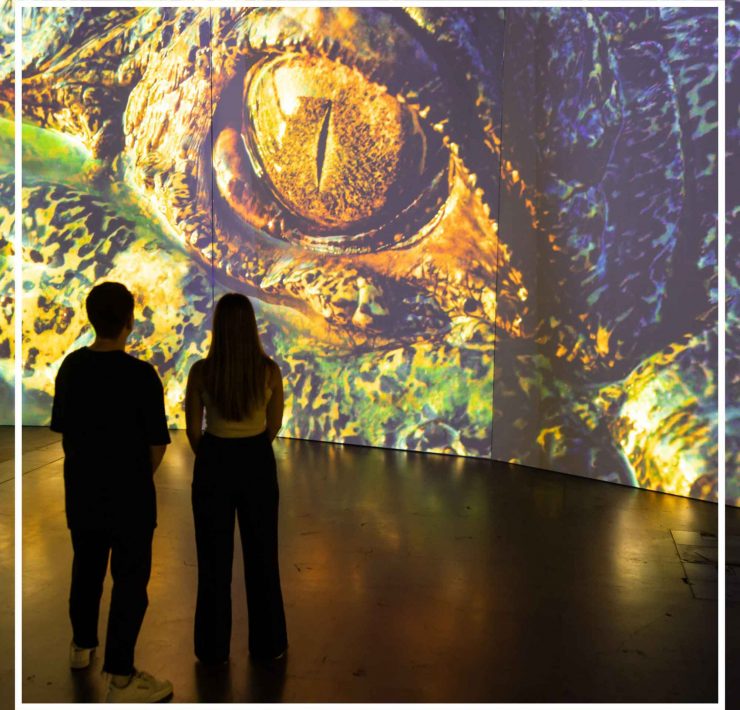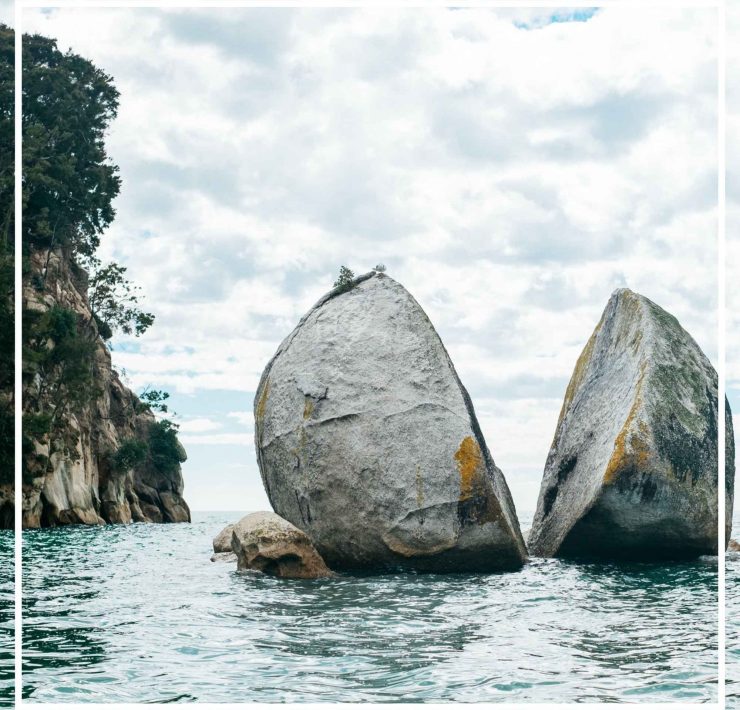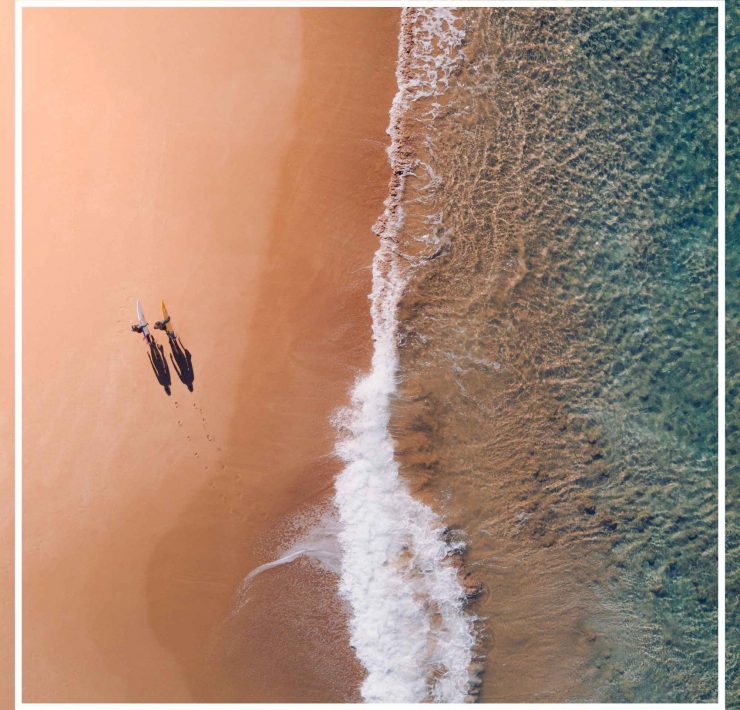Exploring Ningaloo: A Complete Guide To Australia’s Other Great Reef

After spending years as a music journalist and beer-taster, Alexis…
It’s not easy existing in the shadow of the Great Barrier Reef. In any other country, Western Australia‘s Ningaloo Reef would be the star – the coral is in great health, the reef offers a range of incredible wildlife experiences plus it’s less crowded and much easier to visit than its more famous cousin.
[related_articles]52450,29155,45882[/related_articles]But the secret is slowly getting out and every year more travellers make the long journey up the Western Australian coast to this sustainable tourism hotspot.
Whether you’re planning to snorkel, scuba dive, kayak or just sit back in the lap of luxury, here’s what you need to know.
All Creatures Great And Small
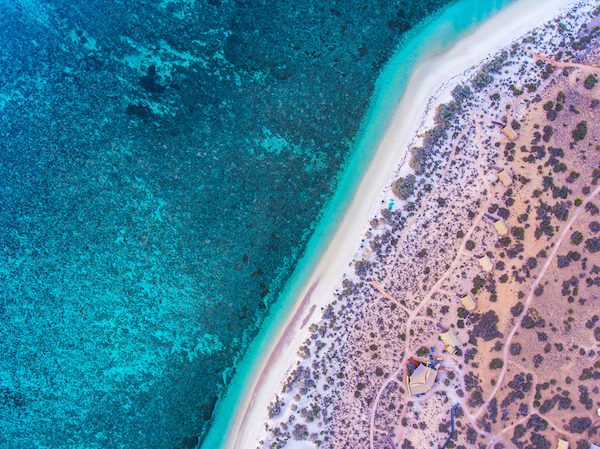
From giant whale sharks to tiny but spectacularly colourful nudibranches, Ningaloo Reef is home to an astonishing variety of marine life – over 250 species of coral and 500 species of fish all up.
Snorkel in prime spots like Bill’s Bay at Coral Bay or The Drift in Cape Range National Park and you’re likely to spot moorish idols, parrot fish, reef sharks, blue-spotted ribbontail rays, starfish and sea turtles – and that’s just the beginning!
Close To The Action
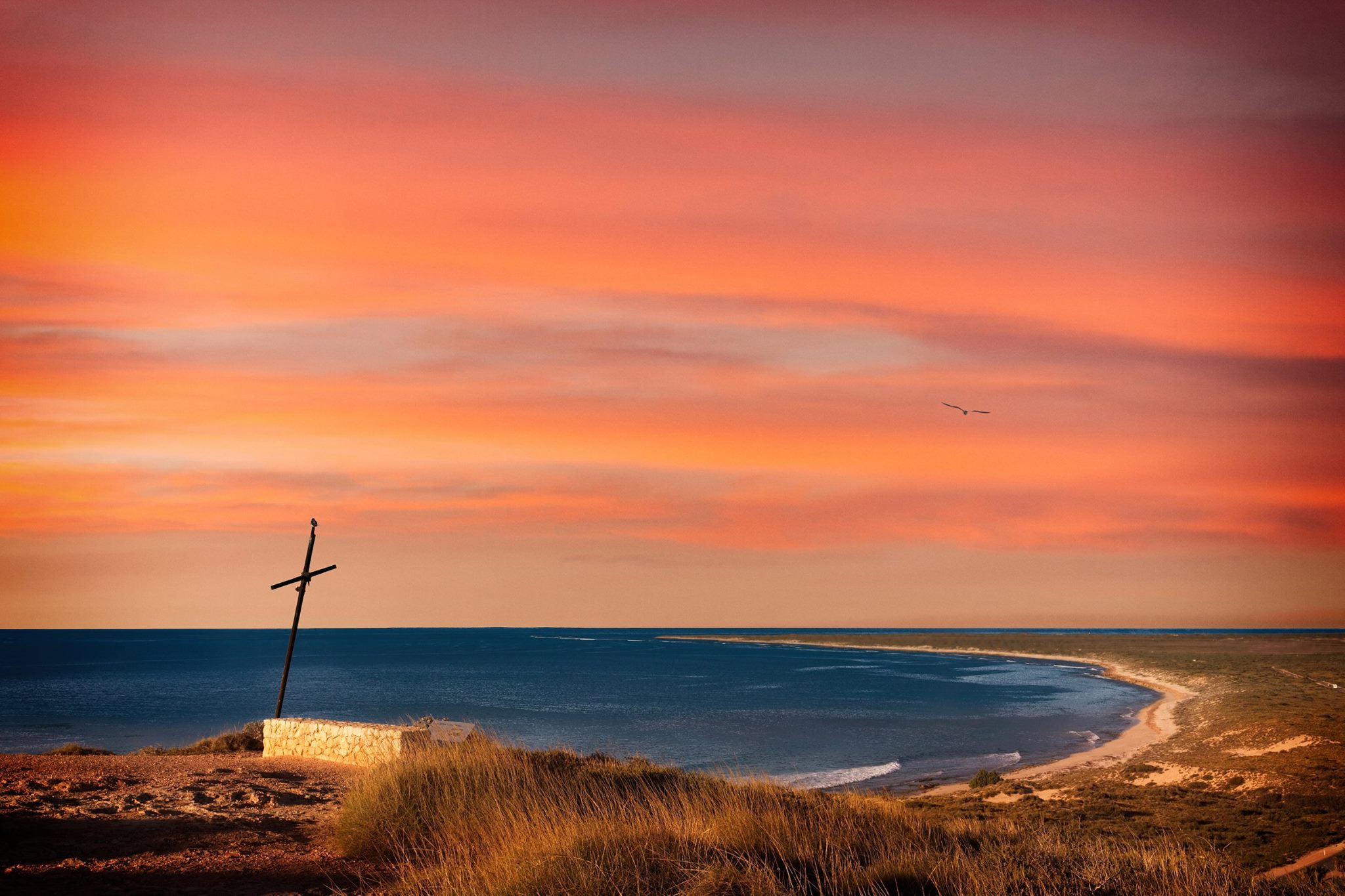
Because Ningaloo is a fringing coral reef, there’s no need to stay on an island or take long boat trips – the action begins literally metres from the beach. The 260km reef protects a lagoon that is 2-4 metres deep on average, making it incredibly easy to explore on your own.
Gentle Giants
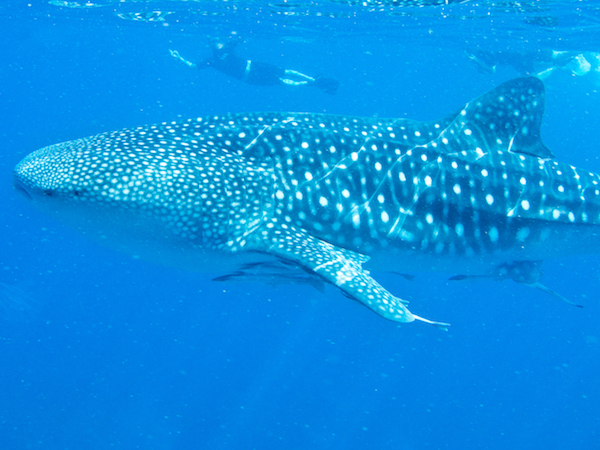
One of the main drawcards of Ningaloo is the opportunity to swim with whale sharks. Despite the name, the world’s largest fish feeds on plankton and is harmless to humans, which is fortunate as they can grow up to 12m long and weigh well over 15 tonnes.
[related_articles]47512,48994[/related_articles]There are only a few places in the world where it’s possible to enjoy the truly awe-inspiring experience of swimming alongside these spotted leviathans. From March to August, several companies in Exmouth and Coral Bay offer tours and the chances of spotting one are so good that if you don’t get to swim with a whale shark on your first try, they’ll book you a spot on the next available tour for free.
Taking It Easy
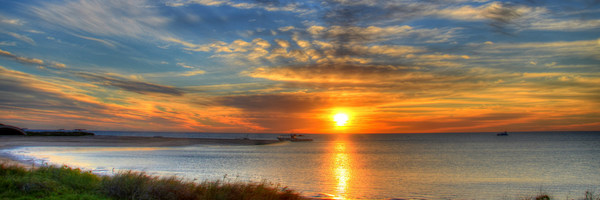
If you want to go for a snorkel but aren’t feeling particularly energetic, Coral Bay local Corey can take you out on a tour with a difference. Let one of his motorised sea scooters do the work for you and just hold on as he guides you past schools of baby barracuda, turtles and coral formations like the 3000-year old Ayers Rock and its resident Barramundi Cod. He also has kayaks for hire if you want to check further out coral formations like The Maze.
Year-Round Residents

While whale sharks and humpback whales only visit during certain months, a resident population of manta rays calls Coral Bay home all year round. Growing up to 5m across, these majestic creatures use their fins like wings as they silently glide through the ocean.
[related_articles]31409,53263[/related_articles]There’s no better way to learn about them than on a boat skippered by a marine biologist. As well as the chance to swim next to manta rays as they dance through the water, there’s a chance of spotting dugongs, dolphins, turtles and several species of whales. If you’re feeling especially brave, these tours also offer the opportunity to snorkel alongside a tiger shark!
Under The Sea
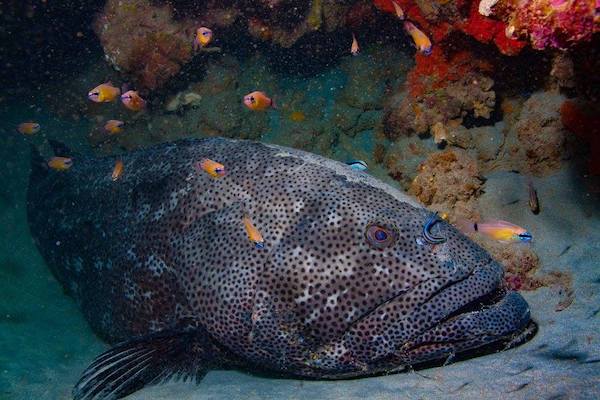
If you want to get really up close and personal with a wide range of marine life, it’s hard to go past the Navy Pier Dive. Regularly named one of the top 10 shore dives in the world, it takes place on a working defence facility so access is highly regulated. The upside of this is that marine life is rarely disturbed and hasn’t learned to be scared of divers.
[related_articles]43581,60286,61214[/related_articles]Colourful nudibranches and anemones on the pylons vie with lionfish and sinister looking moray eels for your attention, while well-camouflaged denizens like frogfish and wobbegongs lurk at the bottom. If you’re lucky you’ll get a chance to spend some time with the most famous resident, a friendly Queensland Grouper named George who tends to be as curious about the divers as they are about him.
A Touch Of Luxury
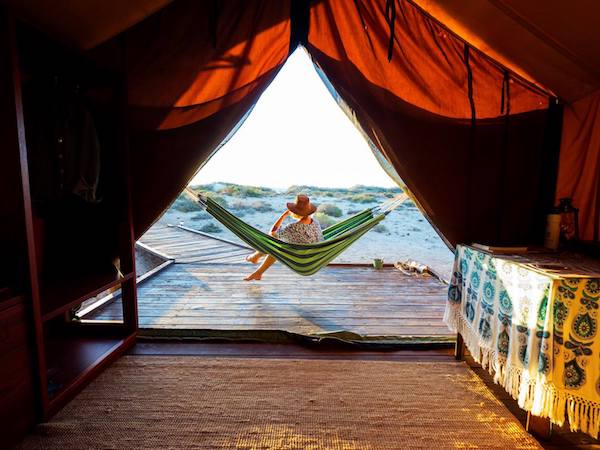
If you need to relax after all those activities, you’ll find the perfect spot at this remote ecotourism lodge hidden in the dunes of Cape Range National Park. The 16 luxury safari tents at this minimal-impact resort have been designed to blend in with the environment so they don’t interrupt the wilderness experience.
You won’t find any Wi-Fi or phone reception here – instead guests can enjoy the reef just steps from the beach, and a range of guided tours on both land and sea. Prices include all meals, prepared by an onsite chef who utilises fresh local produce, paired with the finest WA wines. Want in? Thought so.
(Lead image: Unsplash)
After spending years as a music journalist and beer-taster, Alexis Buxton-Collins now travels the world searching for new adventures to write about, from navigating the Alps with Austria's last nomadic shepherd to hiking through the Central American rainforest in search of ancient Mayan pyramids.



